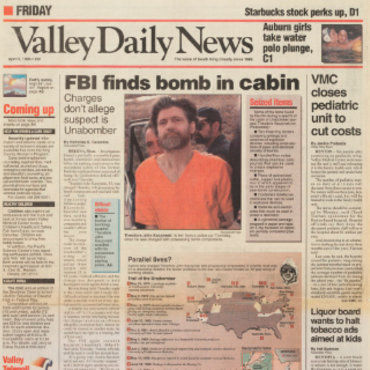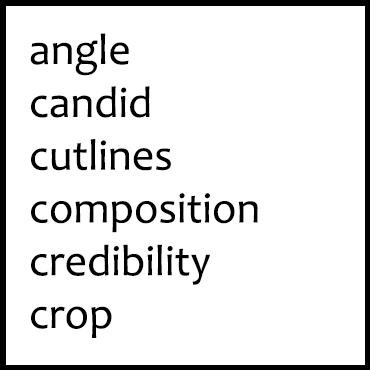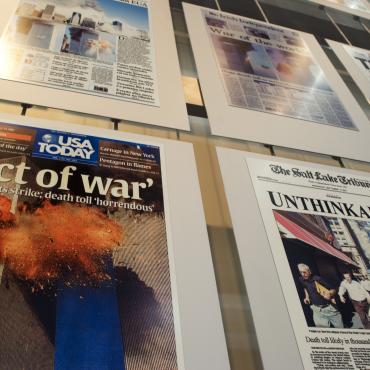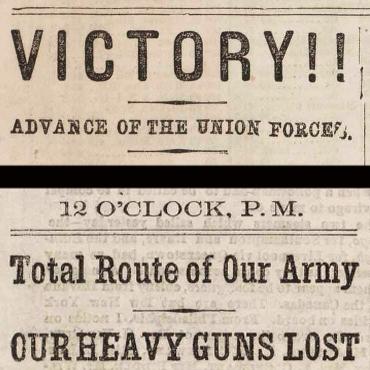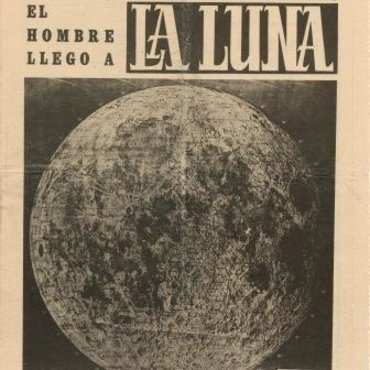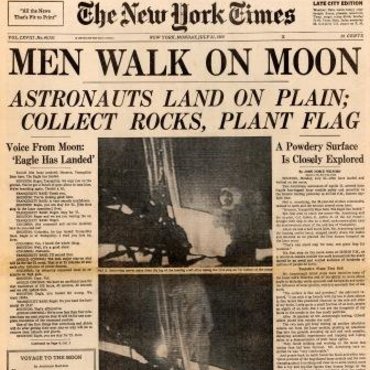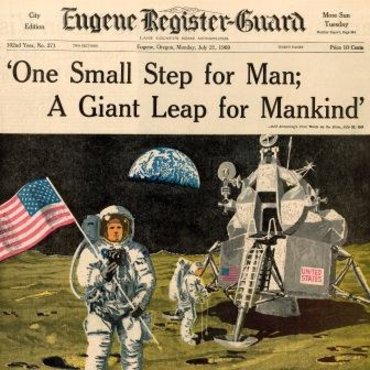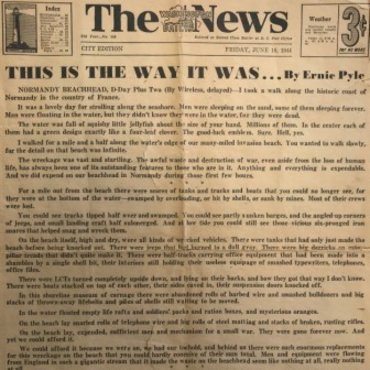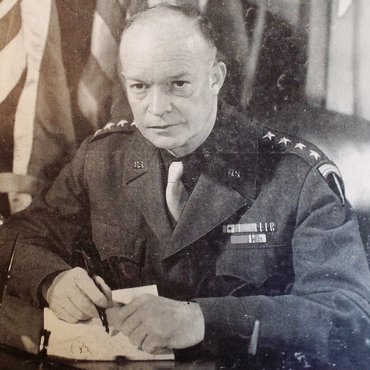
Lesson Plan
The Speed of News: The Six Big Questions
This activity introduces the five W’s and one H that every story should answer.
Get even more great free content!
This content contains copyrighted material that requires a free NewseumED account.
Registration is fast, easy, and comes with 100% free access to our vast collection of videos, artifacts, interactive content, and more.
Sign Up
?
NewseumED is provided as a free educational resource and contains copyrighted material. Registration is required for full access. Signing up is simple and free.
With a free NewseumED account, you can:
- Watch timely and informative videos
- Access expertly crafted lesson plans
- Download an array of classroom resources
- and much more!
Duration
Less than 30 minutes
Topic(s)
- Journalism
Grade(s)
- 3-5
- Divide students into small groups.
- Tell them: When reporters set out to cover a story, they must gather some of the basic information of every event. They use the five W’s (who, what, when, where, why) and one H (how) questions that you may be familiar with. In this activity, you will analyze a story to see how the reporter did at answering the basic questions.
- Have students work individually, circling the places in the story where the six questions are answered. Then have them compare their results within their small group, come to a consensus and cut up the story to fit the worksheet.
- Note: There may be more than one answer to a question. For example, Barack Obama is the obvious and crucial “who” in the election story, but John McCain is another “who” in the story.
- Have each group share their worksheet and explain their selections. Ask: Did the reporter do a good job communicating the basic details of the event? Did he leave anything unanswered? What? Did he add unnecessary details? Which?
- The Six Big Questions worksheet (download), one per student
- Pencils, scissors, glue/tape
-
Common Core State Standards: CCSS.ELA-LITERACY.CCRA.R.1
Read closely to determine what the text says explicitly and to make logical inferences from it; cite specific textual evidence when writing or speaking to support conclusions drawn from the text.



